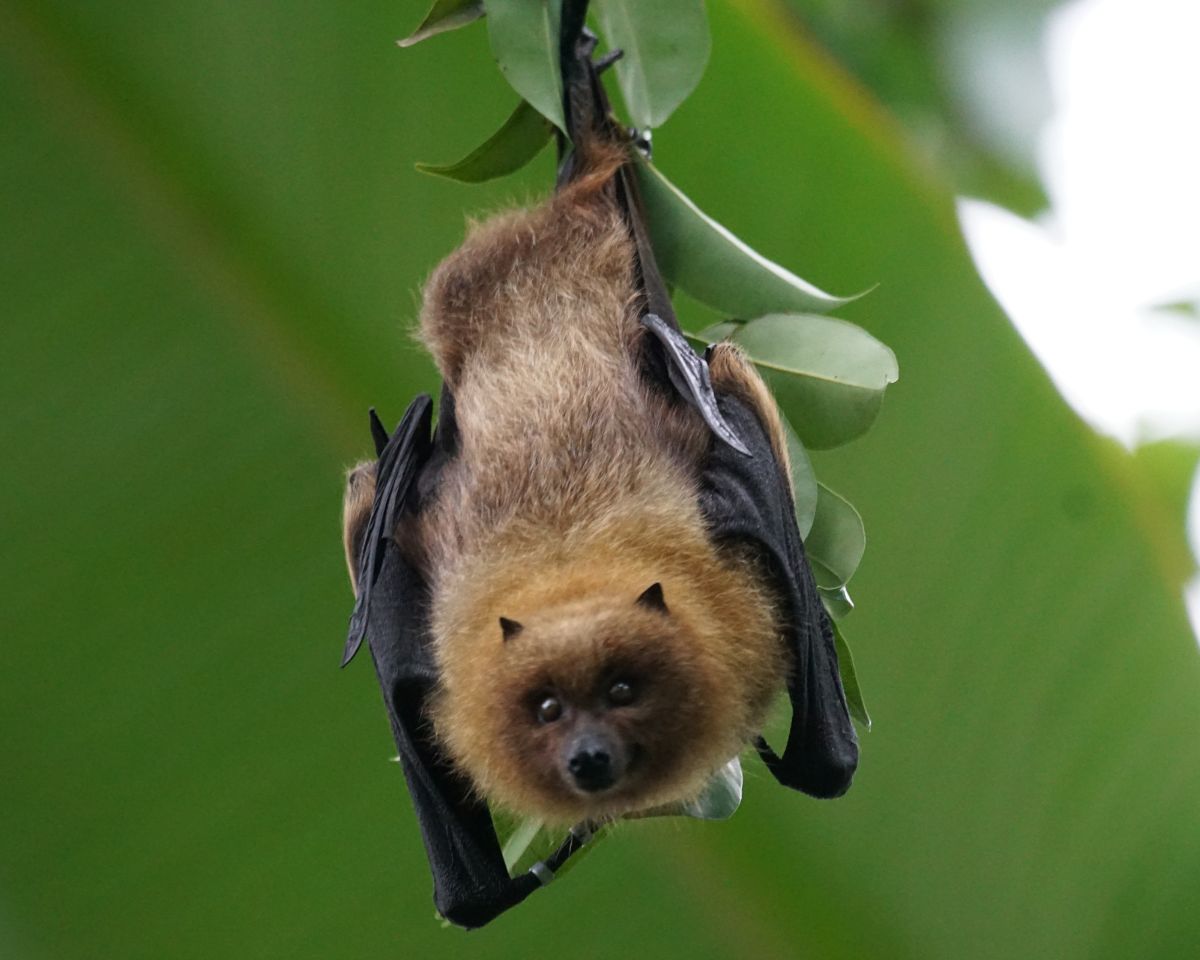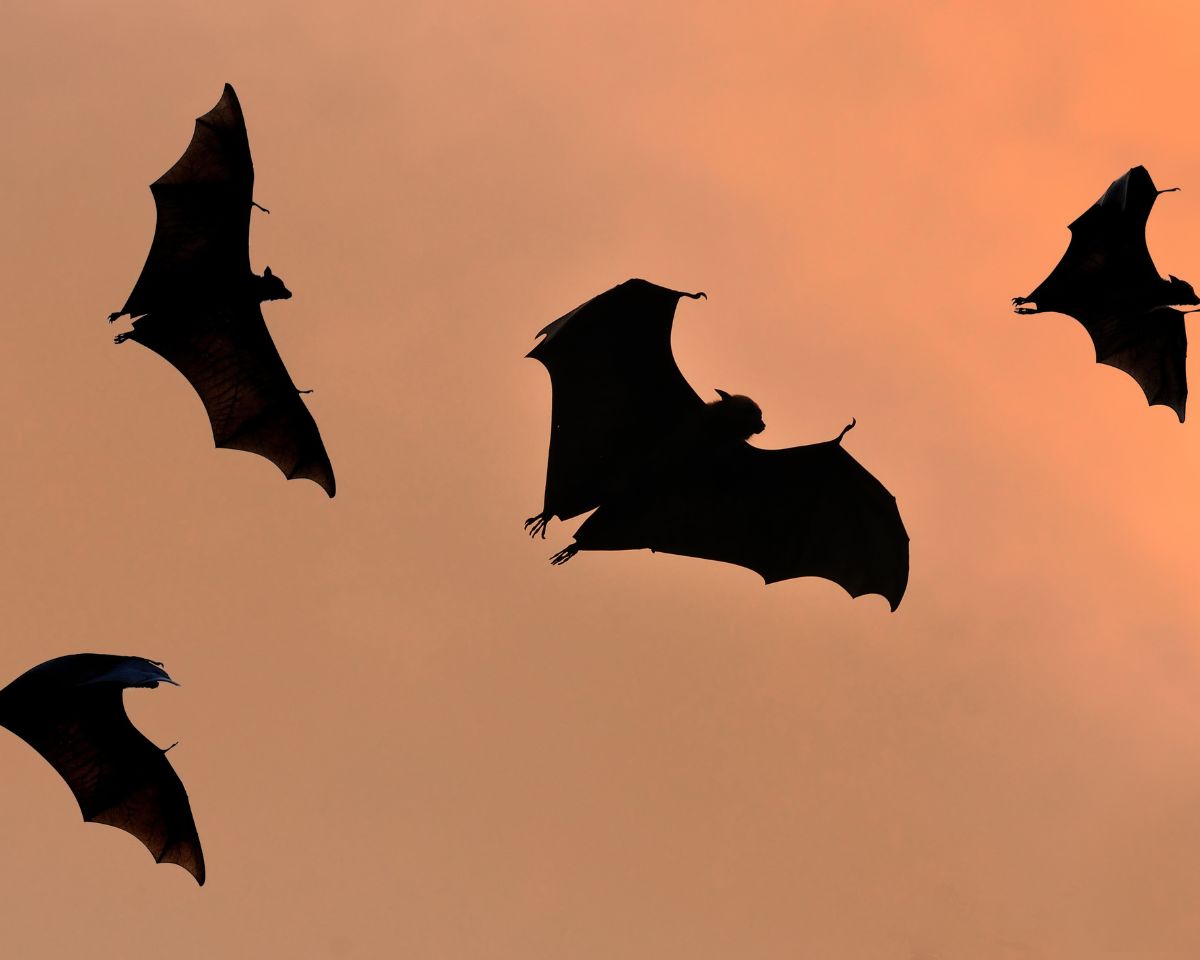Bat Habitats
Economic Benefits of Bats

Bats provide crucial economic benefits, both directly and indirectly, supporting industries and communities worldwide. These benefits include:
Agriculture: Bats play an important role in sustaining agriculture by pollinating crops and facilitating seed dispersal. By reducing the need for chemical pesticides, bats’ insectivorous habits help to control agricultural pests and lower costs associated with crop protection.
Tourism: Bat tourism is a rapidly growing industry in many regions, attracting visitors to bat-watching events, caves, and other habitats. This generates revenue for local businesses and communities, encouraging investment in habitat conservation and protection measures.
Ecosystem Services: Bats’ ecological roles provide essential ecosystem services that support human life and industry, such as pollination and pest control. Though difficult to quantify, the economic value of these services is significant, underscoring the importance of bat conservation and habitat preservation efforts.
By understanding and valuing the many economic benefits that bats provide, we can better appreciate their importance in our world and work to ensure their survival and continued contributions to our societies.
Threats to Bat Populations
Despite their immense ecological and economic value, bat populations worldwide face a multitude of threats that jeopardize their survival. These include habitat loss and fragmentation, climate change, disease, and human persecution.
Habitat loss and fragmentation, resulting from human activities like urbanization, agriculture, and deforestation, continue to degrade and fragment bat habitats. This can lead to the displacement of bat colonies, reduce their access to essential resources such as food and roost sites, and increase competition among bat populations.
Climate change poses a significant threat to bats. As climate patterns shift, it affects the distribution and availability of bats’ essential resources, including food, water, and roosting sites. Climate change also influences the range and abundance of insect populations, which can affect the ability of insectivorous bats to obtain adequate nutrients.
Disease outbreaks, such as white-nose syndrome (WNS), a deadly fungal infection affecting hibernating bats in North America, have led to massive population declines in several bat species, with severe implications for overall ecosystem balance.
Human persecution, such as hunting and persecution due to false beliefs or cultural practices, poses a significant threat to bats. In some regions, bats are consumed as bushmeat, which can lead to the introduction of zoonotic diseases.
Protecting bat habitats is vital to maintaining the balance of ecosystems and preserving their ecological and economic value. This requires adopting sustainable land use practices, investing in habitat conservation and restoration, increasing public education and awareness campaigns, and promoting international collaboration to reduce human persecution and illegal activities.
Types of Bat Habitats

Bats are unique mammals capable of true flight and adaptable to a range of habitats such as forests, caves, wetlands, and even urban areas. In this article, we’ll explore these habitats and the specific bat populations found within them.
Forests provide ideal roosting sites and food sources for bats like the common pipistrelle, while caves offer stable temperatures crucial for hibernation. Wetlands provide a diverse range of insect prey for bats such as the little brown bat, and urban areas have also become an important habitat for species like the common serotine.









